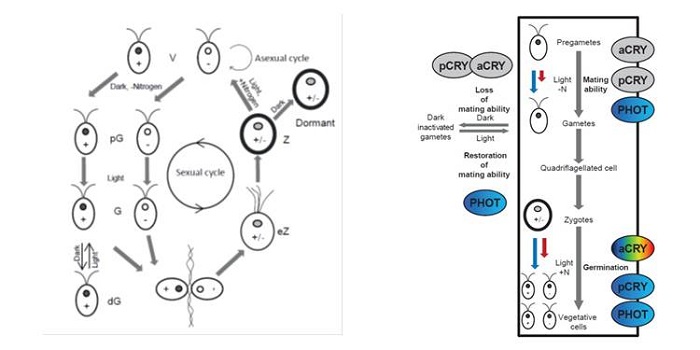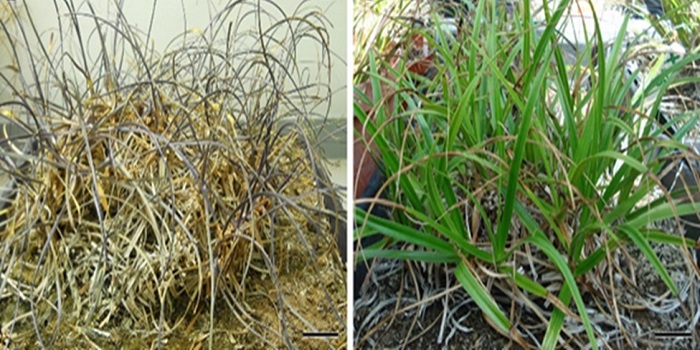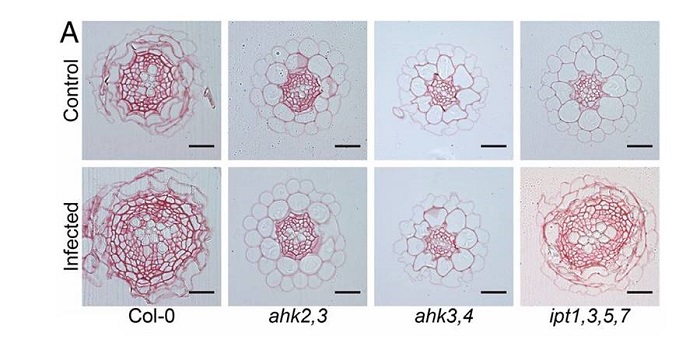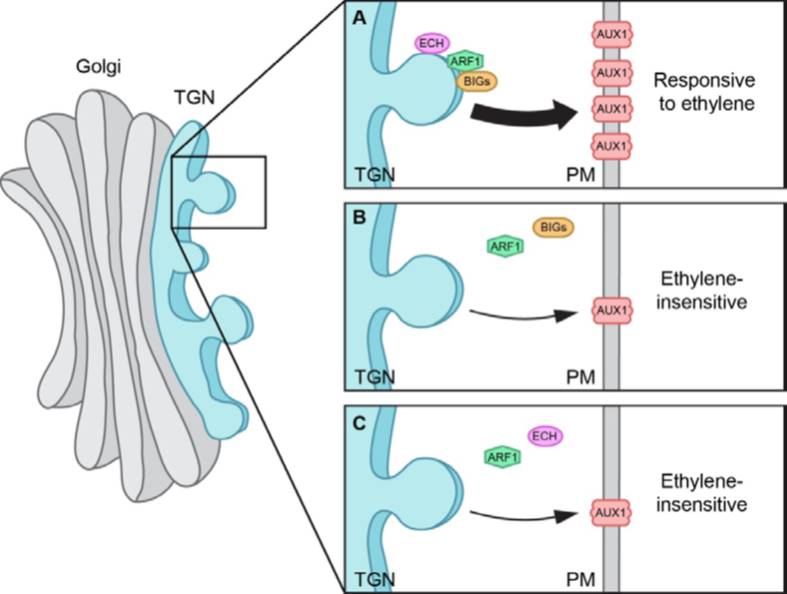
TOPLESS mediates brassinosteroid control of shoot boundaries and root meristem development in Arabidopsis thaliana
Plant Science Research Weekly, Research0 Comments
/
Shoot and root development in Arabidopsis thaliana are controlled by many factors, one of which is brassinosteroid (BR) signaling. BR-responsive gene expression is controlled by the BES1 and BZR1 transcription factors. Using its EAR domain, BES1 binds to the transcriptional repressor TOPLESS (TPL)…

Strigolactone-Gibberellin Cross Talk
Plant Physiology, Plant Physiology: On The Inside, ResearchStrigolactones Root parasitic weeds, such as broomrape (Orobanche spp.) and witchers weed (Striga spp.), are harmful plants in sub-Saharan Africa, the Middle East, and Asia that maintain seed dormancy in the absence of host plant. Both parasitic plant species require germination stimulants released from…

An animal-like cryptochrome controls the Chlamydomonas sexual cycle ($)
Plant Science Research Weekly, ResearchLight controls many aspects of the lifecycle of photosynthetic organisms, including the green alga Chlamydomonas. Cryptochromes are a family of photoreceptors, of which there are four members in Chlamydomonas. One of these is known as the animal-type cryptochrome, aCRY. To investigate the function of…

Regulating plant physiology with organic electronics
Plant Science Research Weekly, ResearchMany insights about hormone function have come from “spray and pray” studies, but generally the precision of application of the hormone limits their value. Poxson et al. describe an adaption of an organic electronic ionic pump (OEIP; developed originally for studies of mammalian cells) for introducing…

Ethylene-inhibited jasmonic acid biosynthesis promotes elongation of etiolated rice seedlings
Plant Science Research Weekly, ResearchDuring germination, the rice shoot is protected by the coleoptile, which is a highly light and hormone-sensitive tissue. While searching for genes involved in ethylene responses, Xiong et al. identified a mutant with an elongated coleoptile, in which the subtending mesocotyl is also elongated; they named…

Just add water: Could resurrection plants help feed the world?
GPC Blog, ResearchThis week we spoke to Professor Henk Hilhorst (Wageningen University and Research) about his research on desiccation tolerance in seeds and plants.
Could you begin by telling us a little about your research?
I am a plant physiologist specializing in seed biology. I have a long research…

Interspecies hormonal control of host root morphology by parasitic plants ($)
Plant Science Research Weekly, ResearchParasitic plants draw nutrients from their hosts. Spallek et al. explored the molecular interaction between the parasitic plant Phtheirospermum japonicum (in the Orobranchaceae family) and the model plant Arabidopsis thaliana. They demonstrated movement of tracers from the host to the parasite through…

Ethylene regulates differential growth via BIG ARF-GEF-dependent post-Golgi secretory trafficking in Arabidopsis
Plant Science Research Weekly, ResearchRegulated movement to and from the plasma membrane (PM) has emerged as an important strategy for controlling the activity of plasma membrane proteins such as transporters and receptors. Jonsson et al. investigated the cellular machinery required for the insertion of the auxin-transport protein AUX1 into…

A Raf-like protein kinase BHP mediates blue light-dependent stomatal opening
Plant Science Research Weekly, ResearchHow do stomata open in response to blue light? Blue light is perceived by phototropin receptor kinases that activate BLUE LIGHT SIGNALING1 (BLUS1), type 1 protein phosphatase (PP1), and the plasma membrane (PM) H+-ATPase. Hayashi et al. screened a commercial kinase inhibitor library to identify the…

